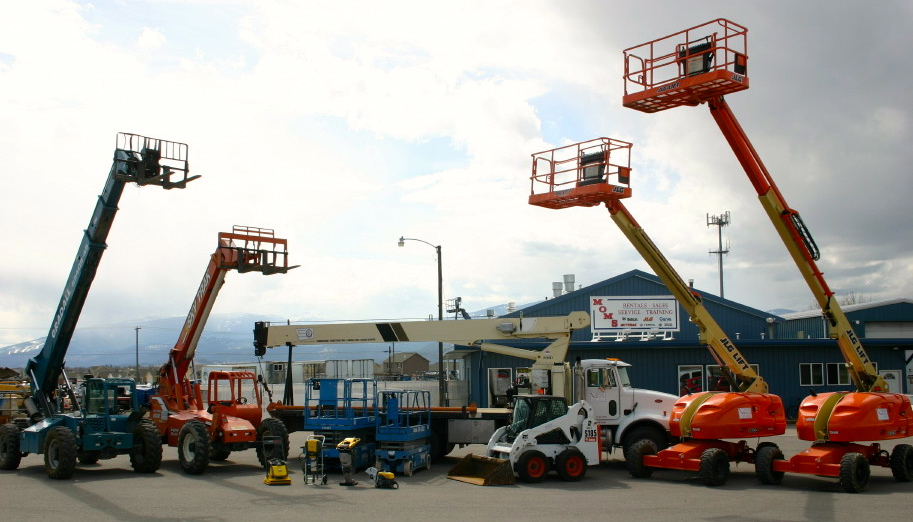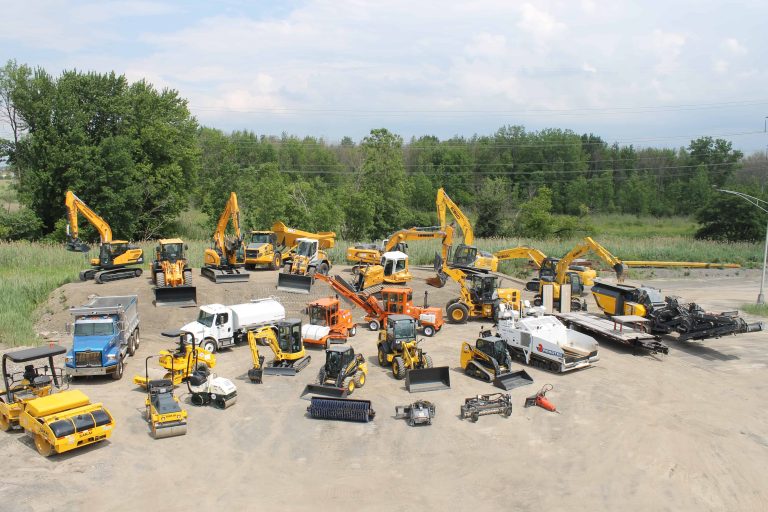Construction Equipment Rentals: Heavy Duty Equipment for Your Projects
Construction Equipment Rentals: Heavy Duty Equipment for Your Projects
Blog Article
Maximize Your Budget Plan by Understanding the Prices Connected With Building And Construction Devices Rentals
Recognizing the complete range of costs connected with building and construction devices leasings is vital for optimizing your budget plan. What strategies can be utilized to effectively manage these costs and ensure a much more efficient rental experience?
Summary of Rental Costs
When considering construction equipment services, recognizing the associated prices is extremely important for efficient budgeting and task planning. Rental costs can differ substantially based on numerous factors, including equipment type, duration of service, and area. The preliminary rental charge often shows the devices's market need and its linked functional abilities, affecting the overall expense.
In enhancement to the base rental rate, ancillary costs may arise, such as transport fees, gas surcharges, and maintenance costs. It is vital to make up these additional costs to accurately analyze the total expense of renting out equipment. Additionally, the rental duration can influence rates; longer rentals might receive discounted prices, while temporary rentals may sustain higher everyday charges.

Breakdown of Rental Rates
A comprehensive understanding of rental prices is necessary for professionals and project supervisors intending to optimize their budgets. Rental rates for construction tools usually include a number of elements, including base prices, time-based costs, and usage charges.
Base rates are the core costs connected with the rental of the equipment, usually determined by the kind and size of the equipment. These prices can vary substantially, affected by elements such as equipment need, availability, and regional market patterns. Time-based charges, which may be daily, weekly, or monthly, offer to fit various task timelines and rental durations.
In addition, rental prices may include use fees, which apply when devices is made use of past a specified limit, making sure that the rental business can make up deterioration. Seasonal demand changes can also affect rental prices, with peak construction seasons commonly regulating greater prices.
Moreover, understanding the rental company's plans regarding upkeep and insurance policy can provide additional insight into the total cost structure. By analyzing these components, contractors can make enlightened decisions, making sure the selection of rental devices lines up with both project demands and budget plan constraints.
Added Fees to Take Into Consideration
Understanding the details of added charges is crucial for contractors to handle their total rental costs properly. Past the conventional rental prices, various supplemental costs can considerably affect the complete price of tools leasing. These charges commonly include shipment and pick-up charges, which can differ based upon range and logistics entailed in moving the equipment to and from the job website.
Furthermore, some rental companies may enforce fuel surcharges if the equipment is returned with less gas than when leased. It is additionally crucial to know potential cleansing fees, especially for specific devices that requires thorough maintenance after use.

Extensively examining the rental arrangement and making clear these added costs ahead of time can assist specialists avoid unanticipated costs and make certain that budgets stay undamaged throughout the task lifecycle.
Repair And Maintenance Expenditures
Routine repair and backhoe for sale under $5 000 maintenance costs are frequently overlooked variables that can significantly affect the general expense of building and construction devices rentals. When renting out tools, it is essential to consider not only the rental costs but also the potential prices connected with maintaining the equipment in optimum operating problem.
Numerous rental business consist of standard upkeep as part of the rental arrangement; nonetheless, more unforeseen break downs or comprehensive repair work can cause extra expenditures. It's necessary to review the rental agreement thoroughly to recognize what maintenance services are covered and what responsibilities fall on the occupant.
Additionally, equipment that is not properly maintained can result in inefficiencies at work site, potentially creating hold-ups and raising task prices. To reduce these risks, it is recommended to perform normal examinations and preserve open interaction with the rental service provider relating to any type of issues that emerge during use.
Insurance Policy and Liability Prices
Insurance and liability expenses are critical components that can substantially impact the general cost of building and construction tools services (scissor lift rental). These expenses guarantee that both the rental business and the customer are secured from possible financial losses arising from mishaps, damages, or theft throughout the rental period

Additionally, clients ought to know any type of deductibles or exclusions in the insurance policy, as these can influence possible out-of-pocket costs. Comprehending the terms of any type of insurance protection is essential to prevent unforeseen costs. Eventually, budgeting for insurance and responsibility costs can help make certain a smoother rental experience and safeguard versus economic risks connected with construction projects.
Final Thought
In final thought, an extensive understanding of the expenses connected with building tools rentals is necessary for efficient budget plan monitoring. Eventually, notified decision-making concerning tools services contributes to the total success of building and construction ventures.
Rental costs can differ substantially based on a number of aspects, including tools type, period of rental, and place (dozer rental). The rental duration can impact pricing; longer services might qualify for discounted rates, while short-term rentals might sustain higher everyday costs
By conducting extensive study and involving with respectable rental companies, specialists can effectively navigate the intricacies of rental pricing, inevitably optimizing their financial resources.
Past the standard rental prices, different supplementary fees can substantially influence the total expense of equipment service. Rental firms frequently offer responsibility insurance coverage you can try these out that covers injuries to third celebrations or damage to building, while tools damage insurance coverage can cover the cost of repair work or substitute if the leased devices is damaged.
Report this page